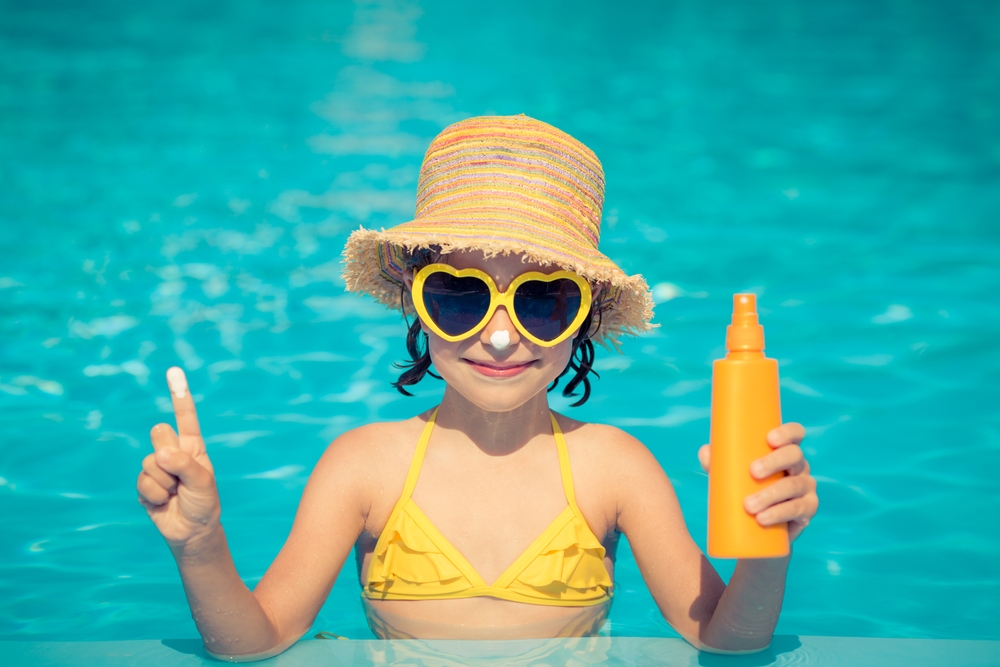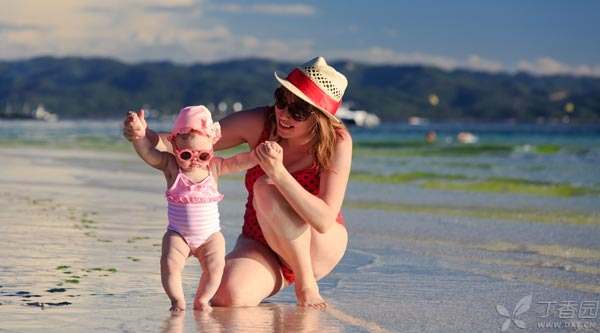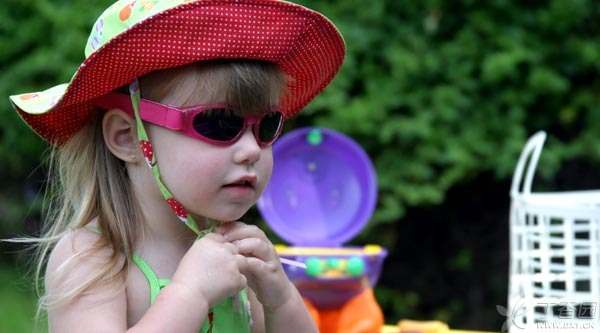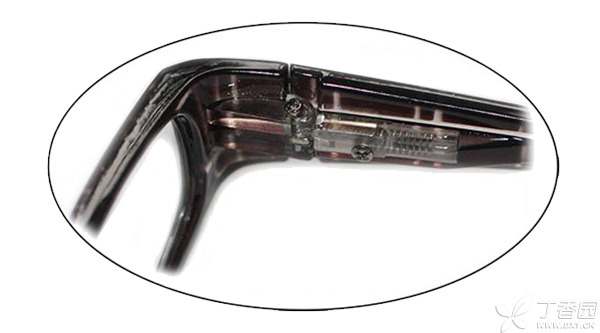
Many parents think that more sun exposure is good for their babies, so they expose their babies to the sun and do not take too many protective measures.
However, the transparency of infants’ lenses is higher than that of adults, and it is not easy to filter ultraviolet rays. If directly exposed to sunlight, the retina will be damaged.
Studies have shown that excessive ultraviolet exposure in children and youth may cause eye problems at all ages in the future, including mild pterygium, moderate cataract, severe macular degeneration and even blindness.
Let’s take a look at how to do a good job of sun protection for your baby and form a good habit of sun protection.
Why do eyes need sun protection?
Because there is ultraviolet rays in the sunlight, although people cannot see it with the naked eye, they must prevent it from hurting them.
According to the wavelength, ultraviolet rays can be divided into UVA, UVB and UVC.
- UVC: Blocked by ozone layer, it cannot reach the earth’s surface; UVA: UVA accounts for 95% of the ultraviolet rays reaching the surface, which can tan and wrinkle the skin and accelerate cataract and macular degeneration. UVB: Although the remaining UVB is small in proportion, it has large energy and will sunburn the skin. The cornea of our eyes will absorb most of the UVB and protect the tissues in the eyes.
This is why people will get [electro-optic ophthalmia] when exposed to ultraviolet lamps without protection. It is precisely because ultraviolet rays damage corneal epithelium that a series of discomfort such as eye pain, tears and hard eyes can be opened.

How to do sun protection work for eyes?
For infants under 6 months old, direct sunlight should be avoided between 10 and 14 o’clock.
After the baby can climb, he can play outdoors and stay in the shade as much as possible. If exposure to the sun cannot be avoided, it is recommended to wear a wide-brimmed hat and sunglasses and spray sunscreen half an hour before going out.
Tips:
Wear sunglasses when you go outdoors, so that the baby will not cry and resist sunglasses because of the sudden blackening in front of him.
The sooner you wear sunglasses, the better. However, considering the difficulty of fixing frame glasses on the baby’s face, babies under 6 months old can not wear them. The wide brim hat and the awning of the baby carriage are enough to keep out direct sunlight. Babies over 6 months old will start wearing sunglasses!
The following figure shows the standard sunscreen wear for infants: wide brim hat and sunglasses with elastic band.

How to choose sunglasses for your baby?
In fact, cheap sunglasses can also filter ultraviolet rays, because the polycarbonate material of the lens itself can block 100% ultraviolet rays without lens coating.
However, pay attention to the paint on the frame. In 2014, the Consumer Goods Safety Commission announced the recall of a Chinese-made sunglasses for children because the lead content in the paint exceeded the standard.
Therefore, the key to the quality of children’s sunglasses lies in the design:
-
The lens must be able to filter 100% ultraviolet rays: pay attention to check for 100% UV absorption or UV 400 labeling.
-
The lens is large enough: it can cover the eyes and prevent dust when it is windy in winter. The lens is preferably curved and can filter the reflected light from the temporal side.
-
An adjustable rubber elastic belt is attached to the leg of the mirror: the glasses can be fixed behind the head instead of being supported by the ears; Hanging it around your neck when you don’t wear it can also prevent you from losing it.
-
Resin lenses: lighter and more pressure-resistant than standard plastic lenses.
-
The mirror ring is not easy to break: it is necessary to prevent children from breaking the mirror ring and damaging their eyeballs when exercising or slapstick.
-
There is a spring hinge between the lens leg and the pile head: this product has a larger angle of outward expansion of the lens leg, does not hurt the baby, and has a rebound effect when landing, which can reduce the damage to glasses.

Special Tip: Infants must wear glasses with elastic bands under the care of adults, otherwise they may be wrapped around their necks, causing suffocation.
Responsible Editor: BruceLi
